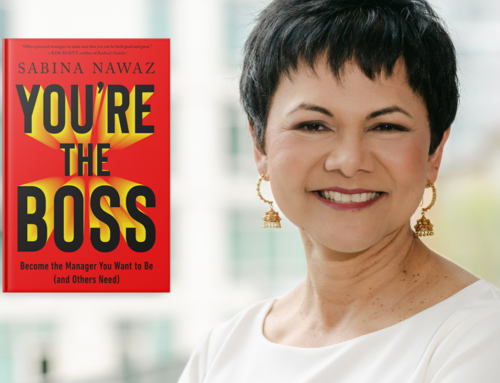Every communication is two conversations, the content and the body language. When the two are aligned, a speaker can be powerful – even charismatic. When they are not aligned, the audience believes the non-verbal every time. How well did President Obama’s Cairo University speech yesterday measure up in this regard?
Obama’s elegant and sweeping rhetoric talked about openness, listening, and peace. What did his second conversation talk about? Caution, restraint, and an unwillingness to risk very much. This was not an emotional performance. It was a careful, measured one.
Let’s take the second conversation apart. President Obama has the posture of a leader. He strode out to the podium with the confident and upright posture of someone in command. His wave to the audience was that of a leader acknowledging the many.
As he began to speak, Obama folded and unfolded his hands in a constrained, protective manner on the podium. It’s one of the few ways he betrays a little nervousness, typically at the beginnings of his speeches.
To set against that, his posture continued to be upright and confident, and as he started the speech, he nodded repeatedly, acknowledging the crowd and building agreement with them.
The President has great stillness in his body; this is charismatic and signals confidence, because it’s at once poised and yet relaxed enough to show that his nerves haven’t got the better of him. (Contrast this with all the lesser public speakers you've seen who repeatedly shift their weight from one foot to the other.) He is a practiced and expert public speaker. It’s just that he can’t quite figure out what to do with his hands.
While he occasionally got the gesture right — as for example when he talked about the overlap in views between Muslim and Christian he overlapped his hands quite naturally – most of the time, he used his characteristic and prissy thumb-and-forefinger gesture. This gesture is less admonishing than the raised forefinger, but it retains something of that off-putting feeling, and it is not one in the natural human retinue. It looks calculated and fake. For example, when he called for people around the world to “say openly to each other the things we hold in our hearts,” he used the thumb and forefinger instead of a more natural, open gesture that would have matched the words.
The President repeated this pattern throughout the speech. His non-verbal conversation was careful and half-closed even when his words were open. Later, when he spoke of the “interests we all share as human beings” being “far more powerful than those that drive us apart,” he gestured as if he was holding something about the size of a loaf of bread in his hands. Apparently, those shared interests are not very big.
Similarly, when he talked about “equal justice” for everyone, his hands came back to the ‘parade rest’ folded position on the podium. The hand gesture in that way spoke of a very carefully parsed out justice rather than a broad vision.
The conversation of his hands was most natural when he said, “America doesn’t presume to know what is best for everyone.” His open hand swept out across his chest in a gesture that unequivocally dismissed the presumption.
At the close of the speech, when Obama said that “America respects all voices,” he used again the admonishing forefinger, suggesting that he was looking for a quid pro quo of respect back.
President Obama is an extraordinarily polished, powerful, and persuasive speaker. His posture, confident voice, and command of pacing together mean a highly accomplished delivery. But he has still not figured out a natural set of gestures to go with his soaring rhetoric. Overall, he radiates confidence and dignity. Now he needs to figure out a set of gestures for his hands that is equally effective.








Leave A Comment